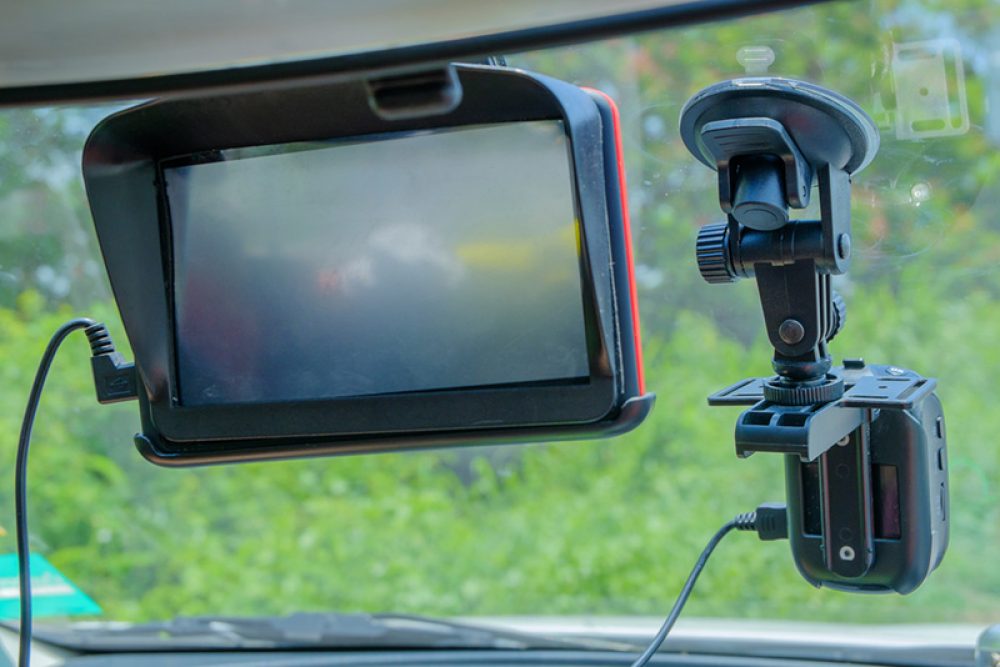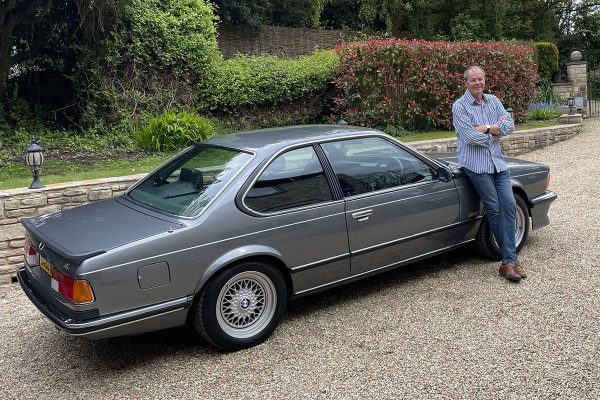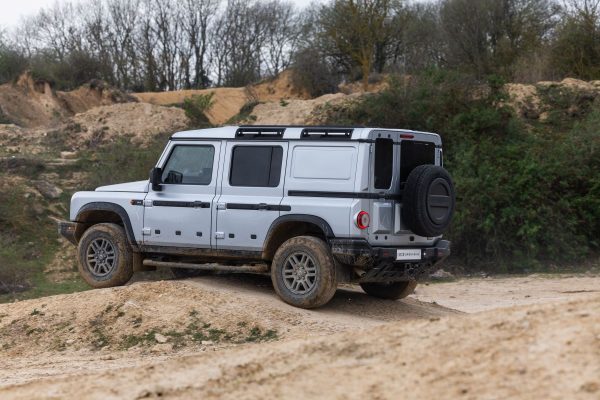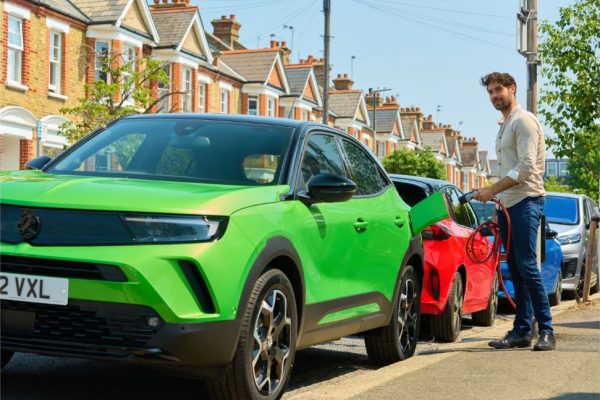The ability to deploy cameras in vehicles has quickly become something that is affordable and plausible. They’re billed as providing safety and security to a task that carries a risk. But what benefits do they actually provide… and what downsides are there to the use of cameras?
Pros
- Blind spot eliminated: Safety cameras aim to provide a useful solution to the age-old problem of the blind spot. This is a particular problem for large vehicles – where a large unsighted area leaves drivers prone to collisions with pedestrians, cyclists or sideswiping from smaller vehicles on motorways.
- Systems such as those from Brigade Electronics are able to give a driver a 360-degree view around their vehicle and eliminate the blind spot completely.
- Manoeuvres easier: That 360-degree view is also handy when moving large vehicles into a tight spot, giving the driver chance to avoid reversing into obstacles or clipping other vehicles.
- Insurance: Systems such as these help to give drivers the best possible view around their vehicle, while ‘dash-cams’ are a different type of device that can, instead, offer peace of mind. These cameras record the events that unfold in front of a driver, collecting valuable evidence in the event of a collision that is not the driver’s fault. They can also provide fun footage of a road trip.
Cons
- Confrontation: The main problem with the previous point is that this fuels a culture of confrontation and compensation among drivers. Filming fellow drivers can create suspicion and ill-feeling and in most cases isn’t necessary. Weather conditions can also make for a poor quality image, meaning that the back-up plan you were relying on is not conclusive when called upon.
- Too much to look at: Distracted drivers are already a common cause of accidents – with mobile phones, sound systems, food and drink and various other things competing for the attention of the person who needs to keep their eyes on the road. Adding something else to the mix that may take the attention is a cause for concern.
- Reliant on technology: Not only is there a danger that drivers could become distracted by something else to look at, but there’s also the fear that they might become over-reliant on technology and stop relying on their wits and skills. Sat-Nav systems have already shown that putting responsibility in the hands of technology can sometimes end badly. It’s important to use cameras to enhance your driving – not to replace the things you do naturally.
Conclusions
Ultimately, removing the blind spot, reducing the chances of collisions and protecting yourself against long legal battles does make the case for cameras increasingly compelling, particularly for people who drive for business and have to get behind the wheel of larger vehicles that pose a bigger risk.
That doesn’t mean we should avoid the cons though. These points prove that drivers must be trained in using cameras properly so that they are a natural part of their routine – and must be aware not to become over-reliant on technology in general when on the roads.







